What's it like?
Cover up the badge on the bootlid and you simply can’t tell an A220 from any other A-Class AMG Line. The car’s two-tone 18in wheels offer the road a wider-section, lower profile tyre than you get on lesser-trim A-Classes, but the suspension tune is the same as you’d find on any other all-independent, AMG Line-trim example of the car.
Although Mercedes’ brochure describes the suspension of lower-end SE and Sport-trim models (complete with torsion beam) in the same terms as that of AMG Line cars (they call it ‘lowered comfort suspension’), wider test experience teaches that there’s quite a bit of difference in the ride and handling of these A-Classes. While the former have a softer and more supple gait that should play well to fans of comfort and isolation, the latter definitely feel firmer-riding and more sporting. AMG Line cars should therefore probably only be considered by drivers who want a dynamic cutting edge from their cars, rather than Mercedes’ more traditional comfort bias.
The A220 is a fine case in point. It has a ride that’s comfortable enough, but slightly busier over smaller lumps and bumps than you might expect it to be, and a touch noisier over coarser surfaces too. The car comes with a choice of four driving modes (Sport, Comfort, Eco and Individual), but none of them allows any adjustment of the suspension, since adaptive dampers are the preserve of the A35 4Matic. The upshot is that, while the car deals with most road surfaces well, it rides more testing ones with a touch more lateral head-toss and vertical fidget than a really well-sorted hatchback might.
Handling is good, without being so good that it really stands out for praise. The A220 corners slightly flatter and sharper than some of its range-mates, and feels precise, tidy and fairly adhesive on a winding road – but it doesn’t have the control feedback or close body control to come across as genuinely compelling to drive. While it reminds you of a warm hatchback done with a particularly light touch, it’d make a VW Golf GTI look like a competition machine for sheer purpose and involvement. That said, Mercedes doubtless never intended for this to be thought of as a driver’s car – and judged in less specialist terms, it seems complete and accomplished. Steering is medium-light and strikes you as neither particularly direct nor indirect.
The car’s 2.0-litre turbocharged engine, meanwhile, serves up that just-so performance level that always tends to feel right on compact, upmarket executive transport: 0-62mph in around seven seconds, a top speed of around 150mph, and enough torque to drive assertively on the road and to adopt a faster stride easily when the need arises.

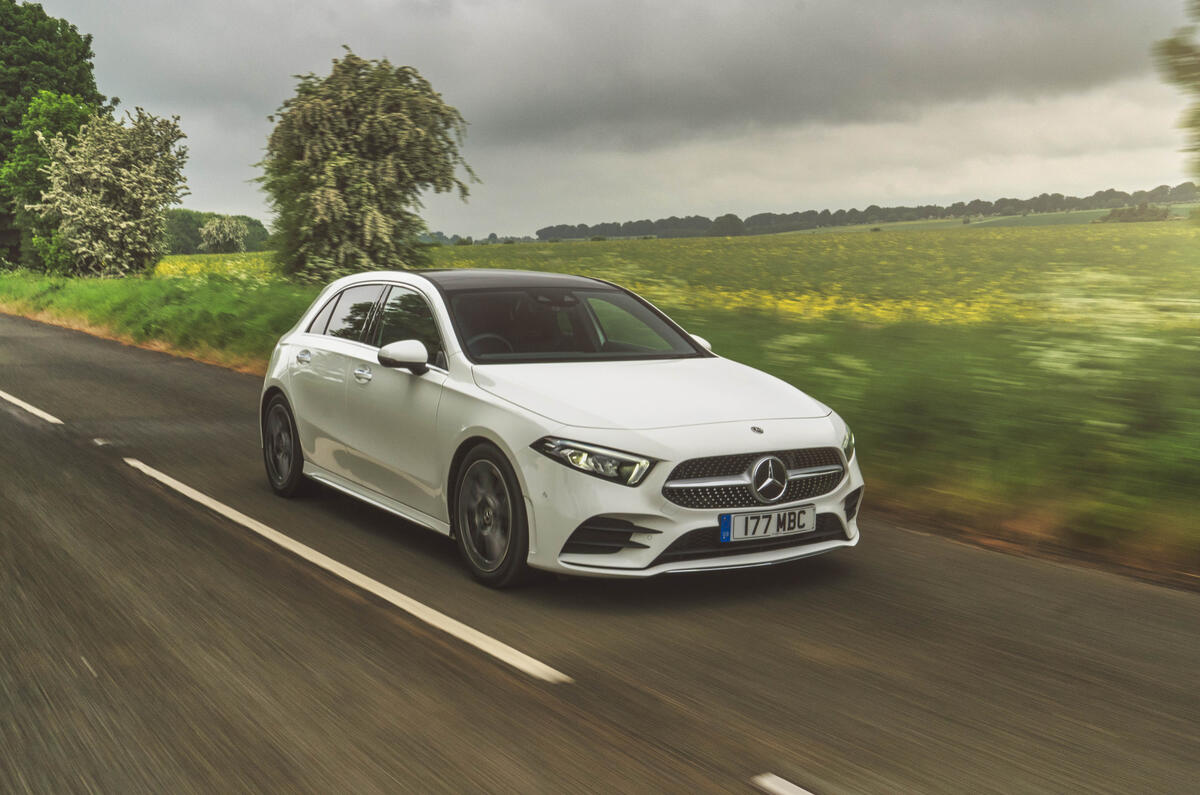
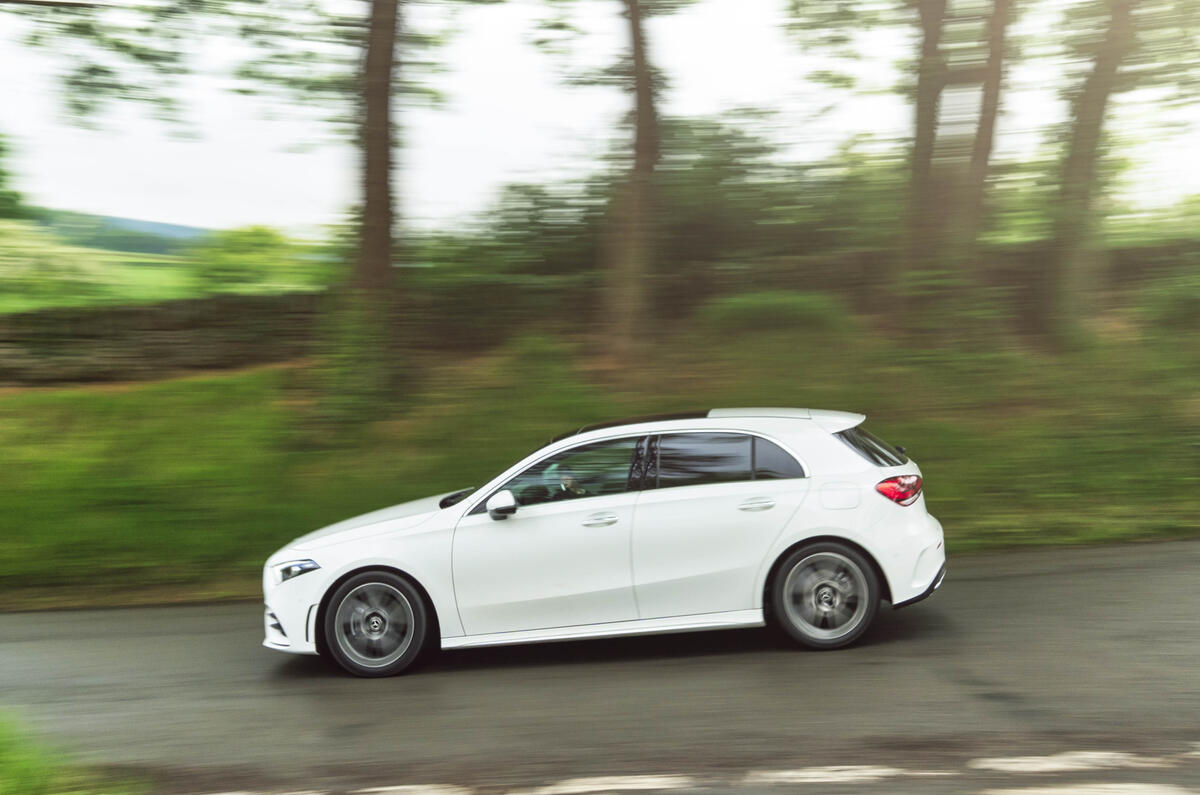
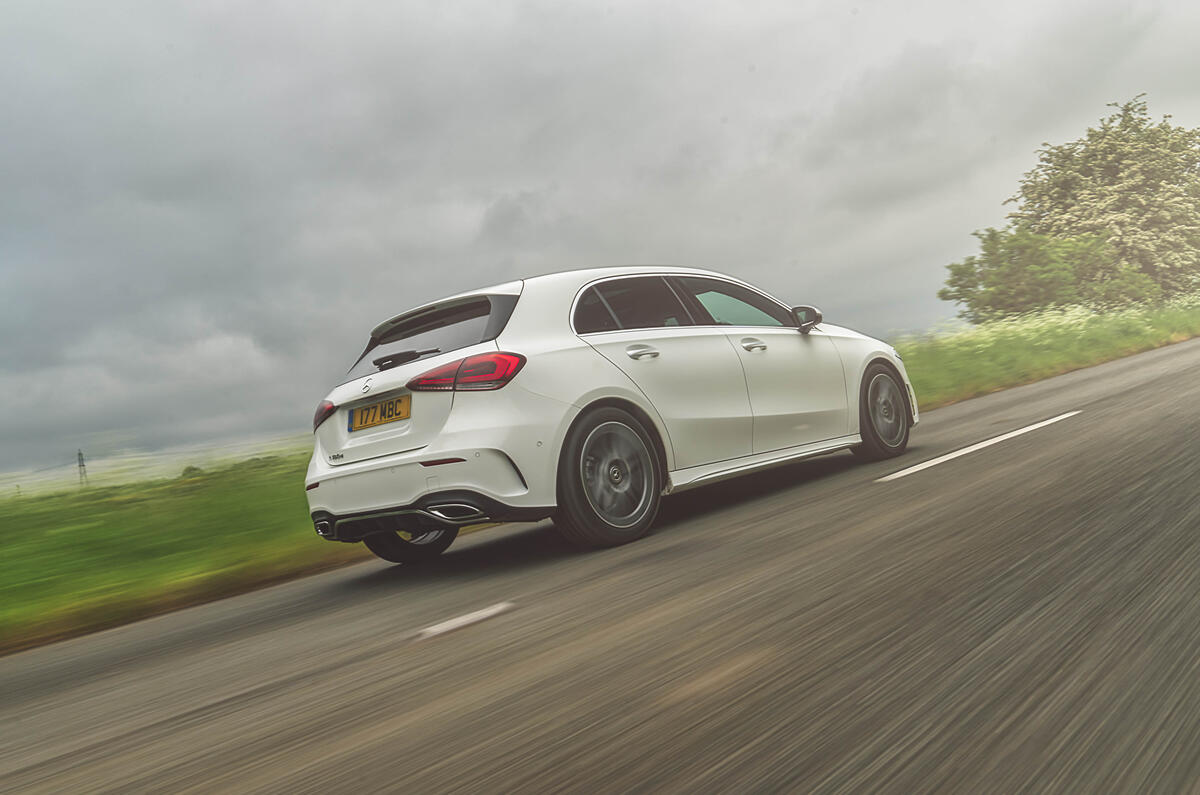
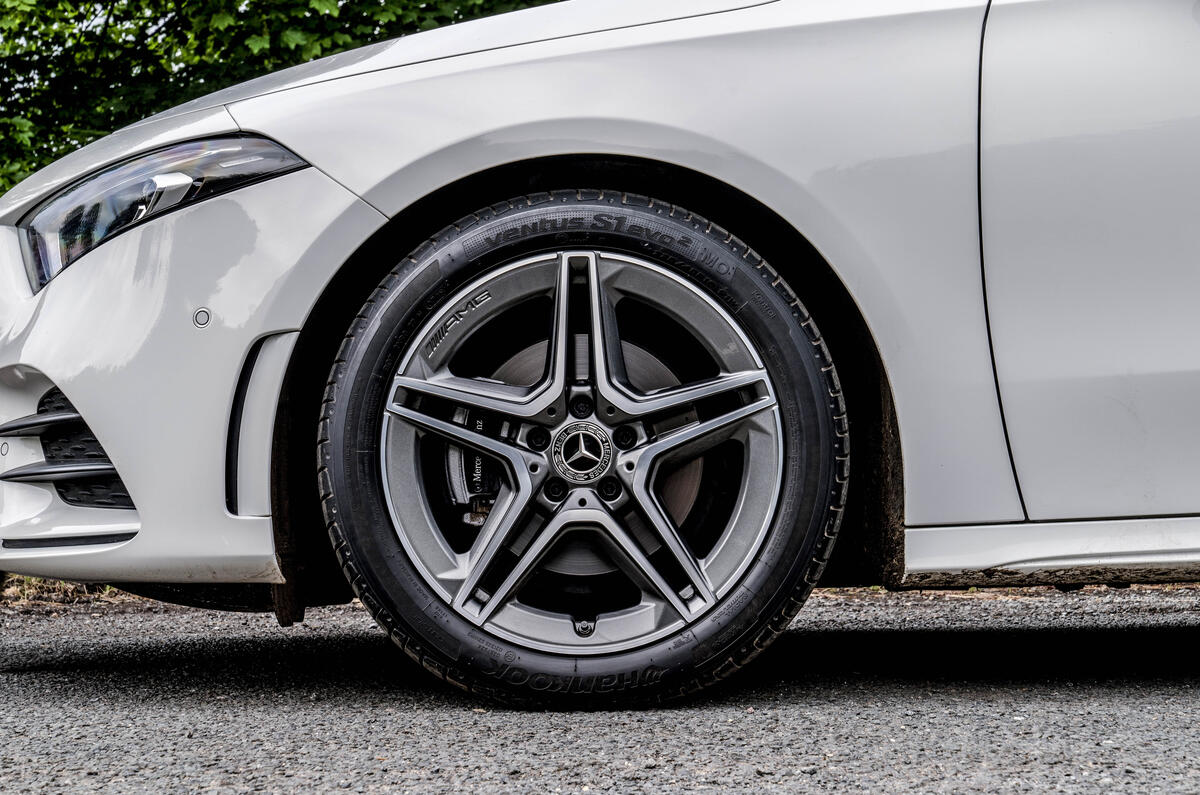
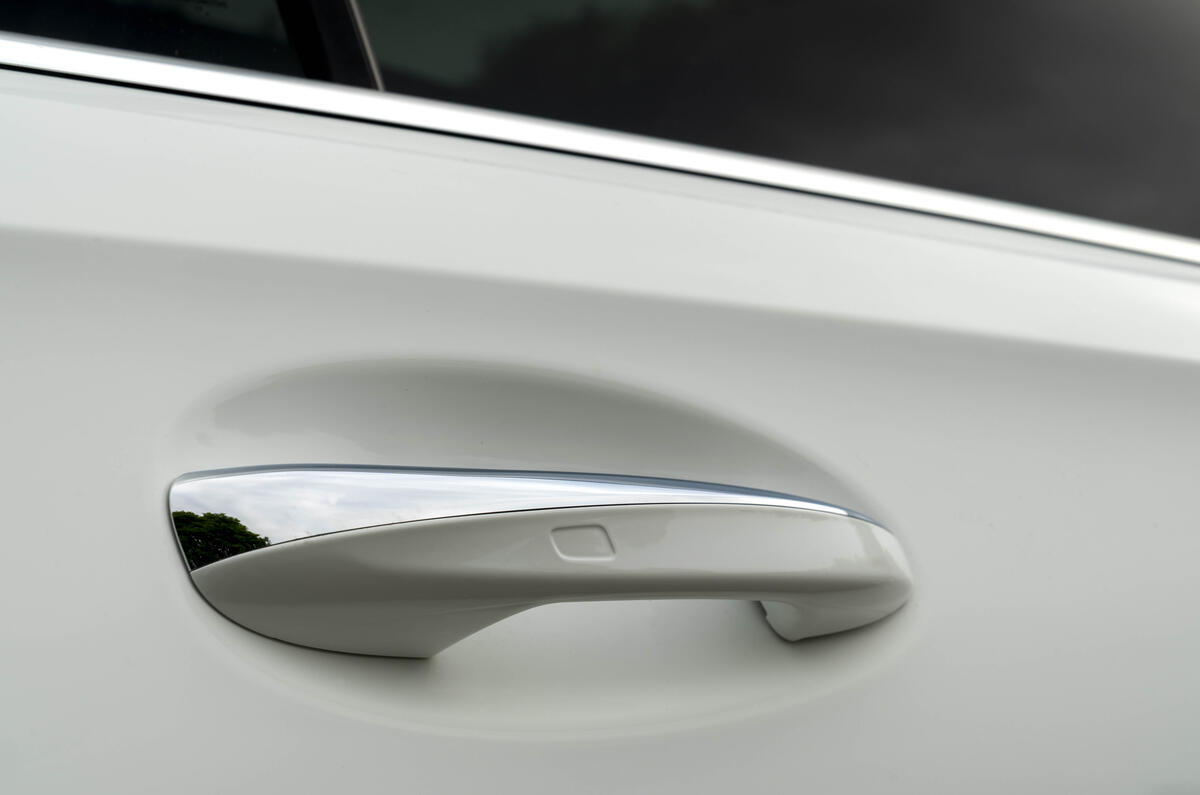
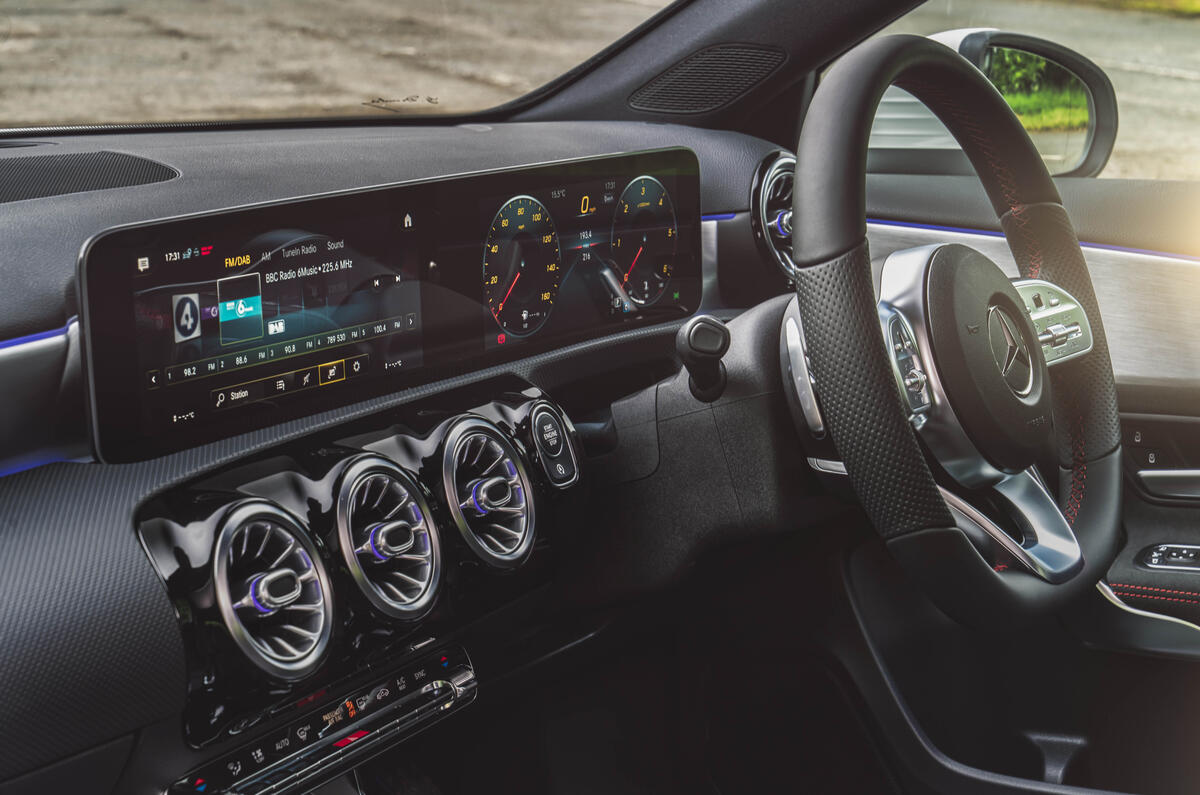
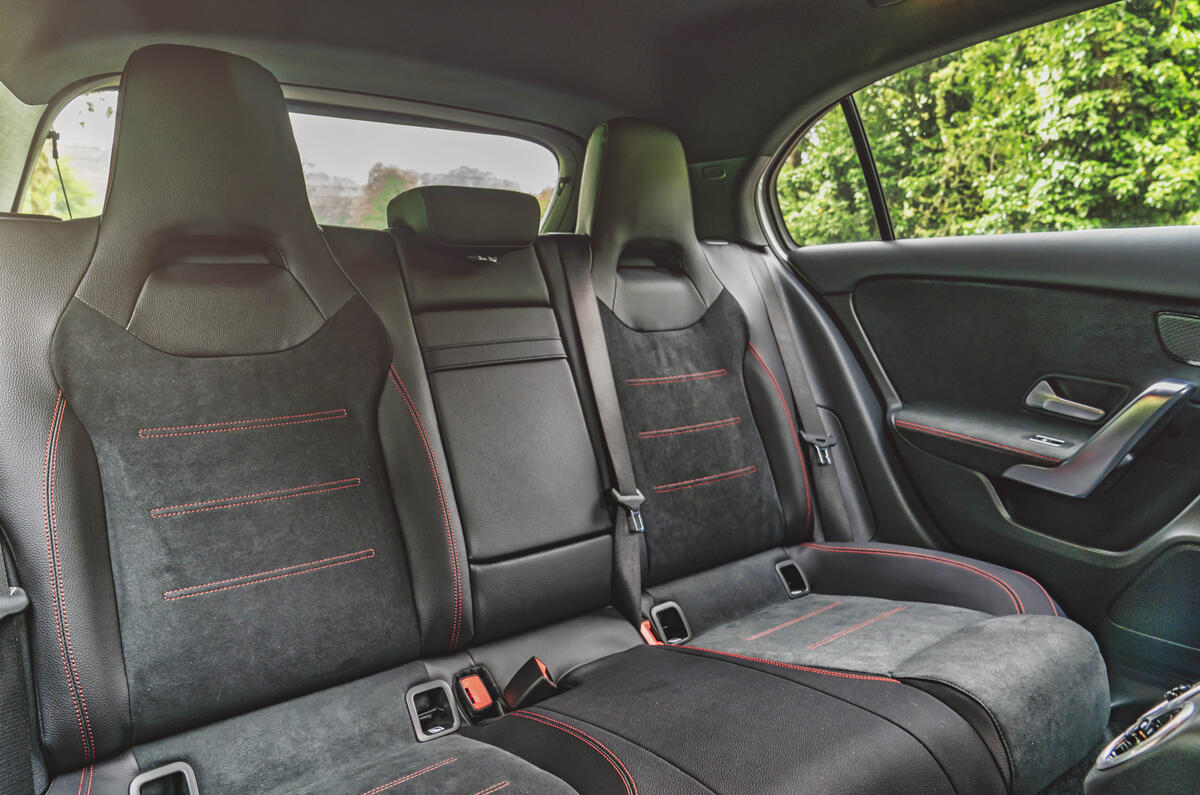
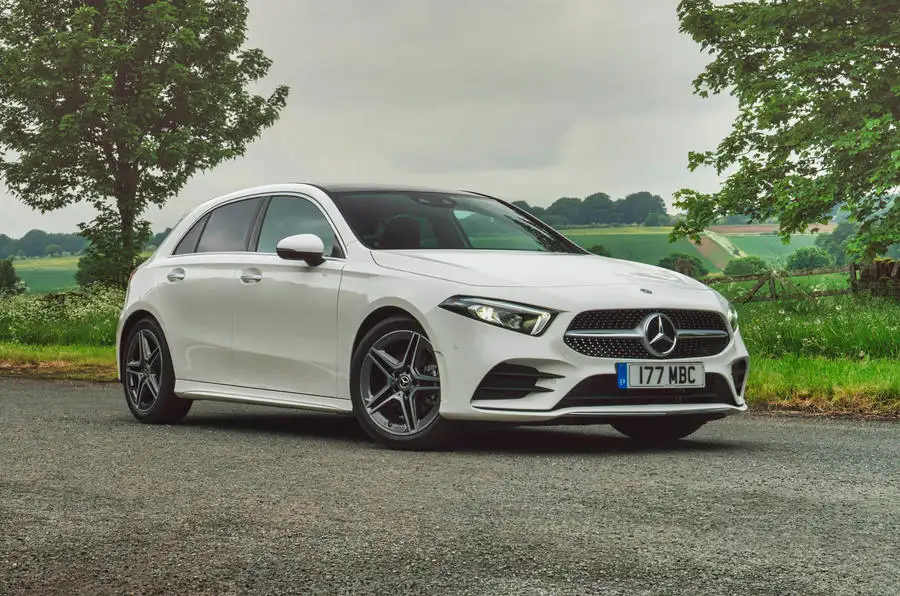
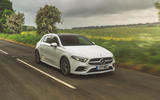
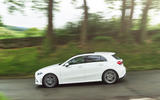

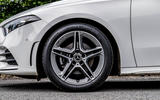
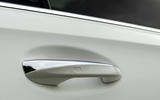
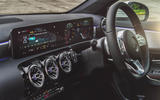
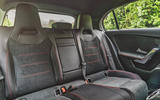


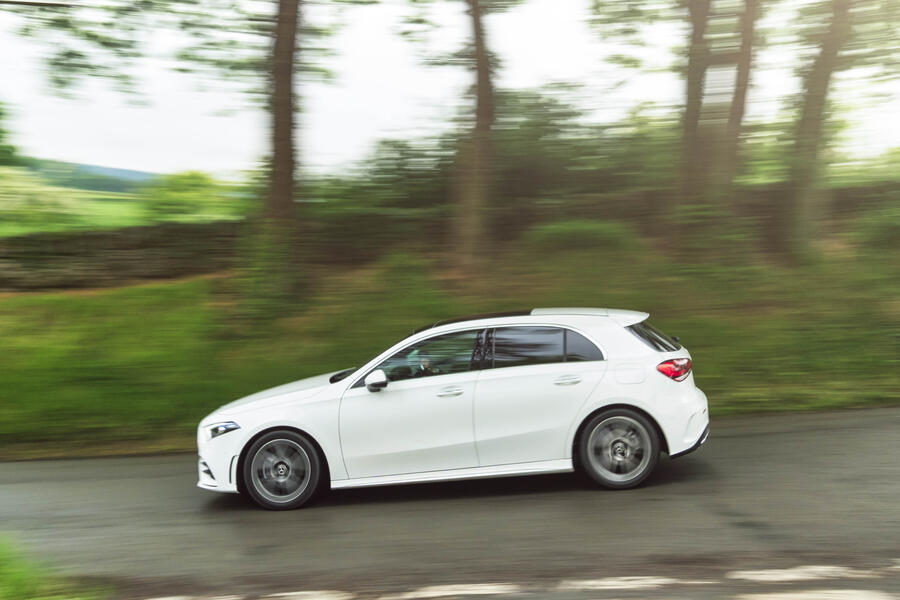
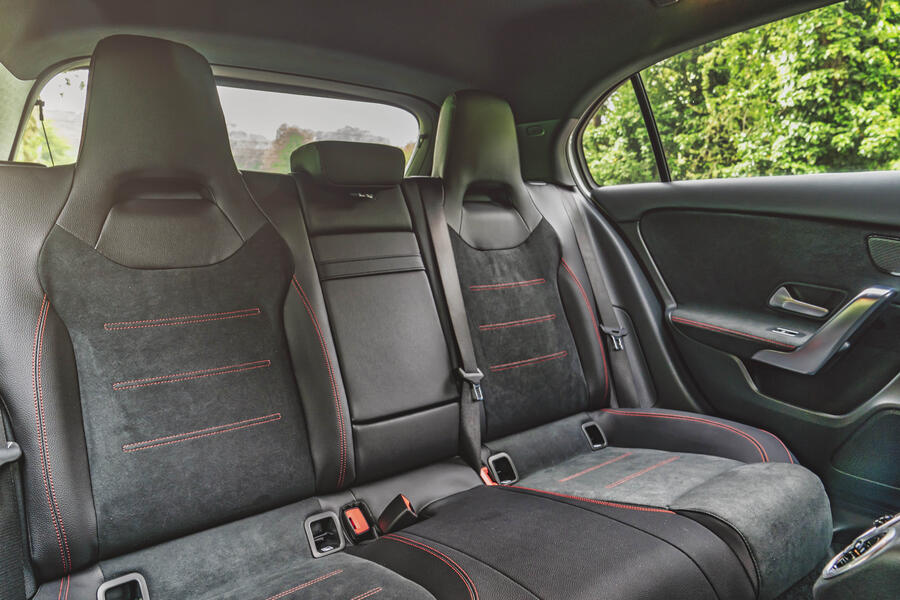
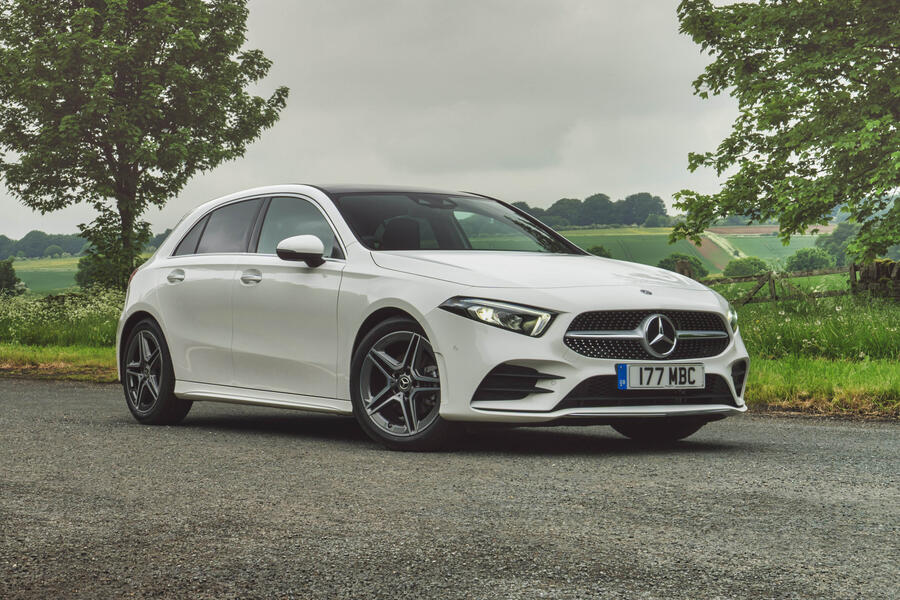
Join the debate
Peter Cavellini
An average car....?
Typical Mercedes product, just like any of the others, so, it’s a take your pick,the way it should be.
Peter Cavellini.
405line
Lovely motor as
according to popular concensus most people can't tell or care whether it's FWD or RWD a six cylinder or four cylinders and whether it rides or steers well so why not just buy it.
Add your comment